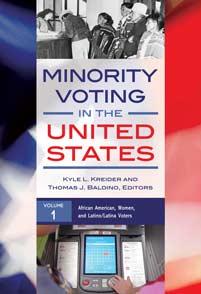Female Suffrage in New Jersey, 1790-1807
Book chapter by Irwin N. Gertzog, Allegheny College
Women, Politics, and the Constitution, Naomi B. Lynn, ed.
The Haworth Press, September 1990
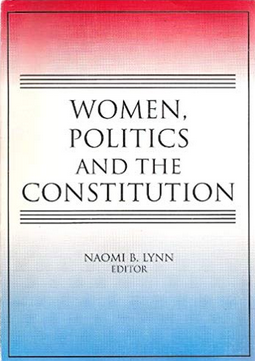
Book chapter by Irwin N. Gertzog, Allegheny College
Women, Politics, and the Constitution, Naomi B. Lynn, ed.
The Haworth Press, September 1990

by Kira Sanbonmatsu and Susan J. Carroll
Book chapter in The Political Psychology of Women in U.S. Politics, edited by Angela L. Bos and Monica C. Schneider (New York: Routledge, 2016)
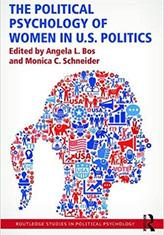
by Kira Sanbonmatsu
Book chapter in Distinct Identities: Minority Women in U.S. Politics, edited by Nadia E. Brown and Sarah Allen Gershon (New York: Routledge Press, 2016)
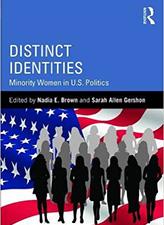
by Susan J. Carroll
Book chapter in Political Learning in Adulthood: A Sourcebook of Theory and Research, edited by Roberta S. Sigel (Chicago: University of Chicago Press, 1989)
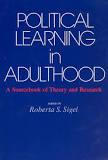
by Susan J. Carroll
Book chapter in Women Transforming Politics: Worldwide Strategies for Empowerment, edited by Jill M. Bystydzienski (Bloomington: Indiana University Press, 1991)
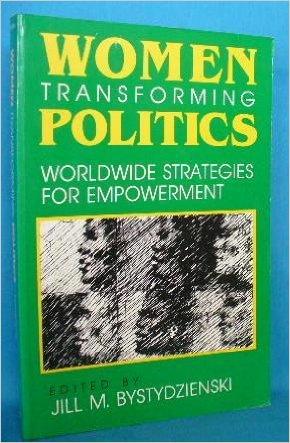
by Susan J. Carroll
Book chapter in Ambition and Beyond: The Career Paths of American Politicians, edited by Shirley Williams and Edward L. Lascher, Jr. (Berkeley: Institute of Governmental Studies Press, 1993)
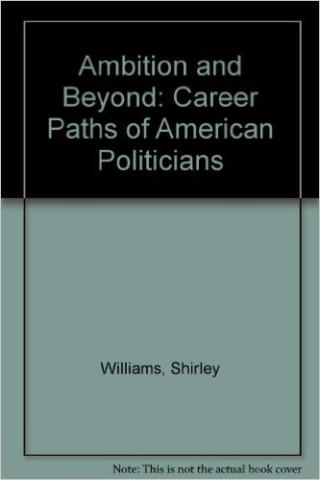
by Susan J. Carroll (with Kathleen J. Casey)
Book chapter in Women and Welfare: Theory and Practice in the United States and Europe, edited by Nancy J. Hirschmann and Ulrike Liebert (Rutgers University Press, 2001)
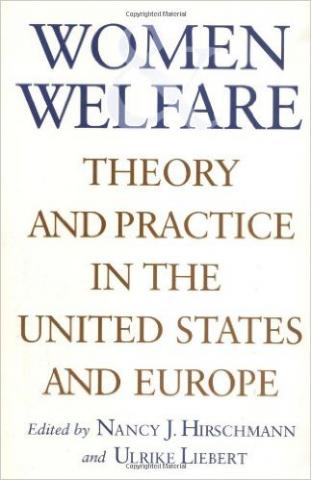
by Susan J. Carroll and Kelly Dittmar
Book chapter in Gender and Elections: Shaping the Future of American Politics (2nd Edition), Eds. Susan J. Carroll, CAWP, Rutgers University and Richard L. Fox, Union College, New York
Cambridge University Press, 2009
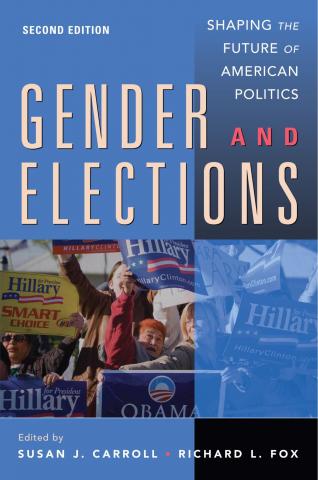
by Kelly Dittmar and Susan J. Carroll
Book chapter in Gender and Elections: Shaping the Future of American Politics (3rd Ed.), eds. Susan J. Carroll and Richard L. Fox. Cambridge, MA: Cambridge University Press, 2013
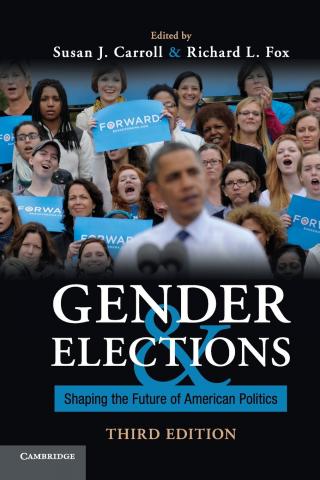
by Kelly Dittmar
Book chapter in Minority Voting in the United States, eds. Kyle L. Kreider and Thomas J. Baldino. Santa Barbara, CA: Praeger, 2015.
